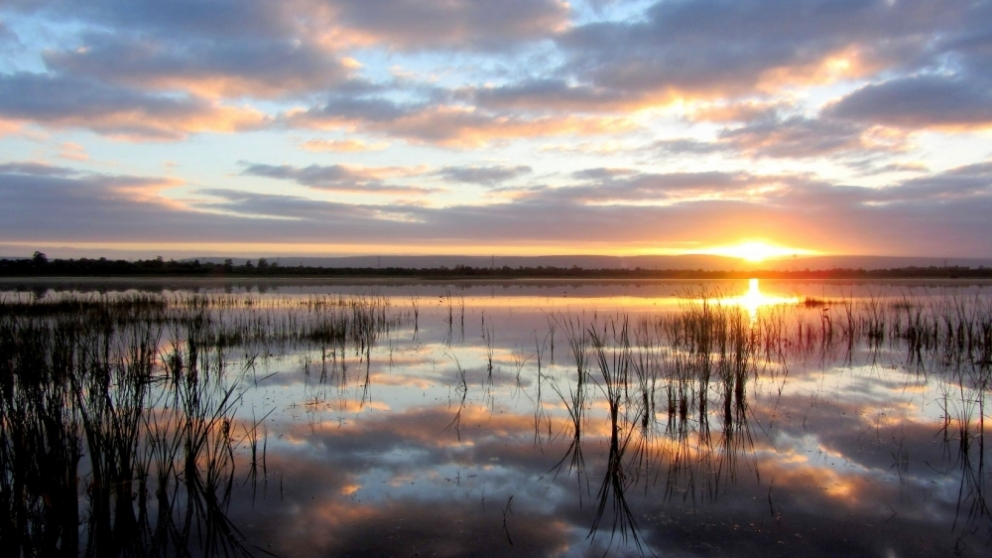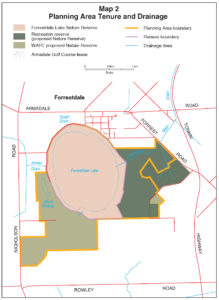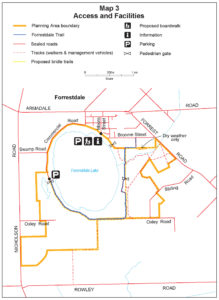Forrestdale Lake – Outer city sanctuary
Forrestdale Lake Nature Reserve (Forrestdale Lake) is a seasonal lake of approximately 220 hectares, situated about 25 km south-east of Perth, in the City of Armadale. It was gazetted as an A-class Nature Reserve in 1957 for the Conservation of Flora and Fauna, and valued for recreation (particularly sailing).
The largest in Perth’s south metropolitan region, Forrestdale Lake together with Thomsons Lake were designated Ramsar wetlands in 1990. The two lakes constitute a major breeding, migration stop-over and semi-permanent drought refuge area for waterbirds including black swans, many species of ducks and other waterfowl and migratory and non-migratory wading birds. Seventy species of waterbird occur at both Forrestdale and Thomsons Lakes with 21 of them breeding. More than 20 000 water birds have been recorded on Forrestdale Lake (22 196 in January 1986)
In June or July, Lake Forrestdale starts to fill, and about the end of September, it reaches its maximum depth. By early summer, the lake is usually dry. The depth of the lake varies from year to year depending on rainfall – these days it can be between around 200 and 500 mm.
Decades ago the lake held a lot more water than it does now, and for longer periods. Some years it did not dry up at all. Diminishing rainfall, and ground water extraction from government and private bores are some of the reasons for the lake’s decreasing water levels.
Today the reserve is recognized as one of the most important conservation areas in southwestern Australia.
A Place of Plenty
Before European settlement, Lake Forrestdale was a special place for Aboriginal people who camped around its shores and hunted for the plentiful food to be found here. Long-necked turtles and other reptiles; waterfowl and their eggs; koonacs and gilgies; mammals, such as possums, kangaroos and bandicoots (quendas) and many other animals that are now locally extinct, would have been part of the diet of the indigenous people. The lake was a place of abundance then and the Aboriginal people who spent time here would have lived well.
Since European settlement, Lake Forrestdale has undergone significant change and it is no longer the pristine environment it once was. Yet – with its seasonal wet and dry fluctuations, its myriad moods and expressions and the array of animals it sustains – it is still a wild, nurturing place of enduring beauty.
Stories from the Noongar Elders
The video below shares stories from our Noongar elders about how Noongar people hunted and gathered around Lake Forrestdale.




